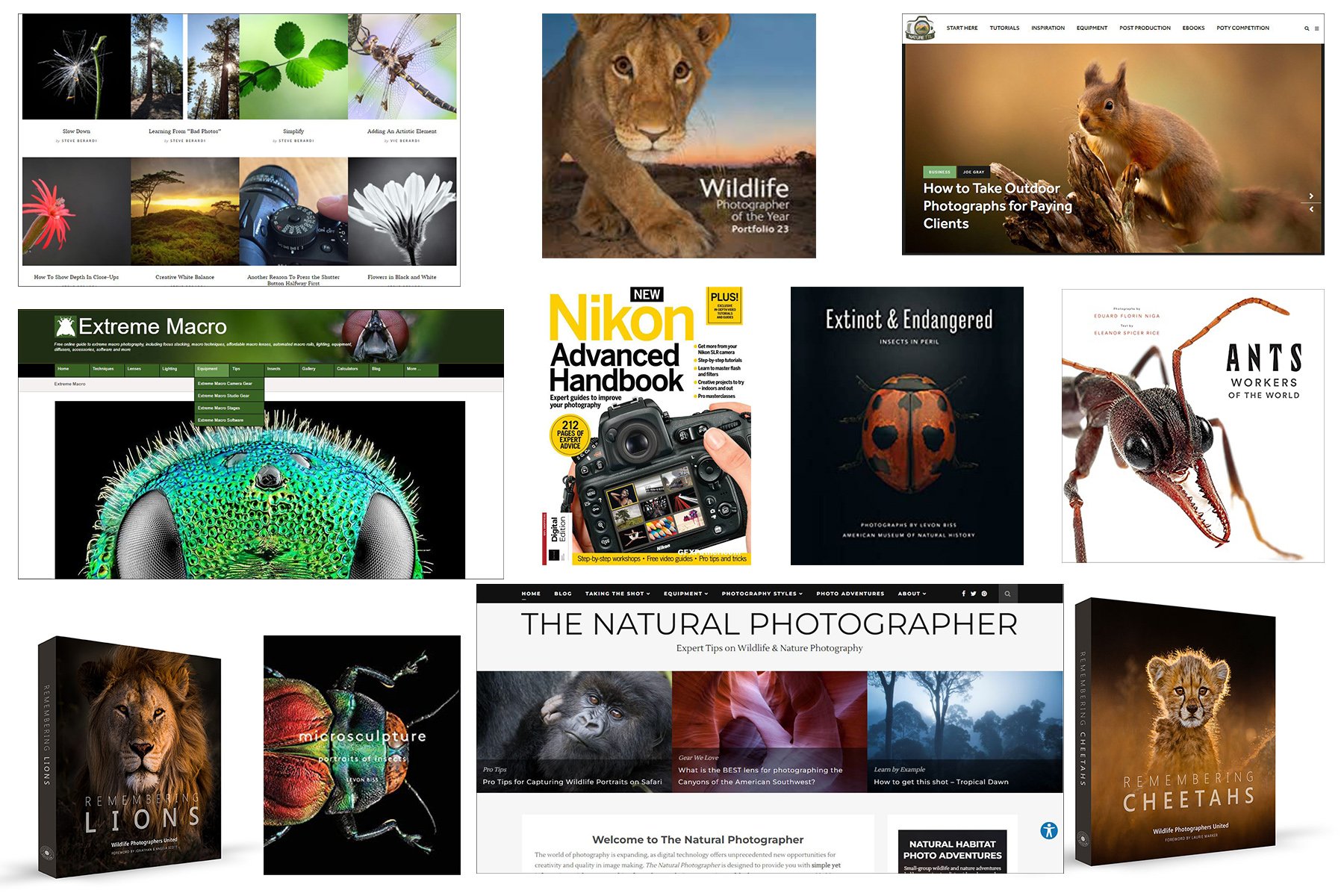The Enigmatic Indian Peafowl: A Majestic Symbol of Culture, Beauty, and Adaptation
The Indian peafowl, scientifically known as Pavo cristatus, stands as a captivating icon of India's rich cultural heritage and remarkable avian diversity. This resplendent bird, with its iridescent plumage and iconic tail feathers, evokes awe and fascination across the world. From its historical significance to its unique behaviors and habitat preferences, the Indian peafowl is a species that warrants appreciation and conservation attention.
The Indian peafowl, often referred to as the peacock, is a resident breeder found across the vast expanse of the Indian subcontinent. Its habitat encompasses not only the diverse regions of India but also extends to the drier lowland areas of Sri Lanka. This beautiful bird's presence is deeply interwoven with the landscapes and cultures of these regions, making it a true symbol of the subcontinent's natural and cultural wealth.
Elevated to the esteemed position of India's national bird, the Indian peafowl holds a prominent place in the country's cultural narrative. Its opulent plumage, particularly the majestic train of tail feathers, has been admired through the annals of history. The illustrious Peacock Throne of the Mughal empire and the captivating Peacock Gate in Jaipur bear testament to the peafowl's enduring allure. Even the Peacock temple in Tumkur, Karnataka, stands as a testament to the bird's spiritual significance in local beliefs.
The Indian peafowl's dazzling appearance is a hallmark of its identity. Interestingly, it is only the male peafowl that carries the resplendent title of "peacock," while the females are known as "peahens." Belonging to the Phasianidae family, which includes pheasants, chickens, partridges, and turkeys, the peafowl family boasts distinct members: the Indian or Blue Peafowl (Pavo cristatus), the Green Peafowl (Pavo muticus), and the Congo Peafowl (Afropavo congensis).
The peacock's transformative journey of beauty is a marvel of nature. Male peafowls begin to develop their vibrant hues around three months of age, with full plumage maturation occurring upon reaching sexual maturity at approximately three years. These radiant feathers undergo a cyclical process, being shed at the end of the mating season and regrown in time for the next. This dazzling display, which plays a crucial role in courtship rituals, has become an emblematic image of the Indian peafowl.
The artistry of a peafowl feather extends far beyond its vibrant hues. When viewed under a microscope, these feathers unveil a mesmerizing spectacle. Ever wondered what makes these feathers shine so brilliantly? The secret lies in their intricate, crystal-like structures. These delicate formations interact with light in a magical dance, reflecting diverse wavelengths that manifest into the breathtakingly vivid colors we all adore. With each shift in angle, a symphony of iridescence emerges, unveiling a microscopic world of wonder that adds an extra layer of enchantment to the already captivating allure of peacock feathers.
Indian Peafowls are adept at thriving in varied habitats. Native to India and Sri Lanka, they have been introduced to diverse regions, including Australia, New Zealand, and the Bahamas. Their preferred dwellings encompass deciduous forests, shrublands, and grasslands, thriving at altitudes below 1,800 meters. This adaptability has enabled the Indian peafowl to make its mark in both its native and introduced habitats.
The Indian peafowl's diet showcases its adaptability. Operating as omnivores, they exhibit a versatile culinary palate, consuming seeds, fruits, insects, and even reptiles. In an intriguing display of discernment, they are selective about their prey. While they adeptly hunt small snakes, larger serpents are left untouched. In agricultural landscapes, they exhibit a penchant for crops like paddy, tomato, and banana.
Despite its cultural prominence, the Indian peafowl faces conservation challenges. Habitat degradation, poaching, and human disturbances threaten its existence. As we commemorate World Lizard Day, it serves as a reminder to channel our appreciation into meaningful conservation actions. Preserving the habitats and ecosystems that sustain this magnificent bird is a shared responsibility that ensures the Indian peafowl continues to grace our world with its presence for generations to come.
The Indian peafowl, a striking blend of cultural emblem and biological marvel, captivates the hearts of people across the globe. Its role as India's national bird and its capacity to adapt to various environments underscore its significance. As we celebrate World Lizard Day, let us also pay homage to the enchanting Indian peafowl, a creature that exemplifies the intricate interplay between nature, culture, and conservation. By raising awareness and nurturing its habitats, we can ensure that the Indian peafowl continues to enchant us with its beauty and resilience for years to come.
Blog Categories
Search the blog:






















